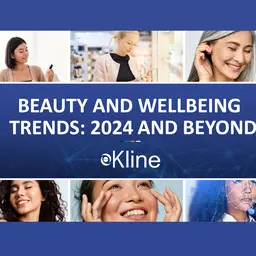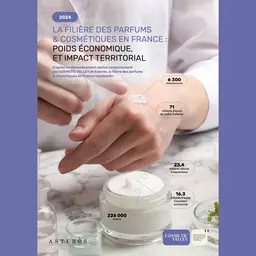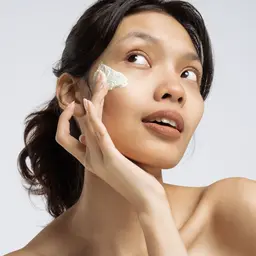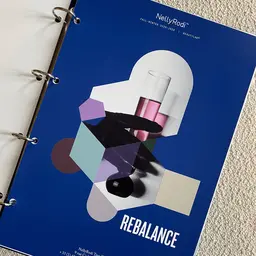
A recent obsession of the cosmetics industry, blue light has become public enemy number one: it is harmful for health and contributes to skin aging. But, where does it come from and how does it act on the body? CosmeticOBS enlightens you in this article.
Natural or artificial, it is ubiquitous. So, to protect yourself properly, you should know where it comes from.
Where does blue light come from?
As it is part of the white light emitted by the sun, it is mainly of natural origin. Its wavelengths go from 380 to 500 nanometres.
Blue light can also be artificial. It is a component of LED lamps (combination of short blue wavelengths, with a yellow luminophore to create white light). LEDs are now pretty widely used, since they can be found in low-energy light bulbs, computer, smartphone, TV screens, etc.
Health risks
Blue light’s main hazard is related to its radiation intensity and charge higher than that of natural light.
It was shown that blue light has toxic effects on the retina and crystalline lens.
ANSES (French Agency for Food, Environmental and Occupational Health & Safety) actually published a report in 2010 to warn consumers about the dangerousness of intensive exposure to blue light.
More recently, it is its collateral damage in relation to skin aging that was highlighted: it disrupts the integrity of the skin’s molecular structure.
It was demonstrated that lipids – components of the lipid cement in the stratum corneum – become oxidized when they are exposed to it.
This oxidative stress is induced by the absorption of high quantities of blue light, cumulatively. Face and hand skin is constantly subject to outdoor pollution, in particular energy aggression, which the sun is mainly responsible for, but digital pollution is also to be addressed.
Keratinocytes are receptive to blue too. This wavelength makes the skin produce superoxide ions which alter its quality. Usually, the body protects itself from them by secreting dismutase superoxide, an enzyme which transforms this “burning, oxidative” oxygen into much less aggressive a material.
However, as we age, the level of dismutase superoxide gradually declines.
In short, the older you get, the more sensitive you are to blue light and its harmful effects on the skin.
Chloasma
In addition to contributing to skin aging, blue light is responsible for the pigment spots observed in some pregnant women. Better known as “chloasma” or melasma, this phenomenon is a combination of the effects of visible light and a high hormone level, which increases the synthesis of melanin.
Dermatologist Thierry Passeron has shown that blue plays a role in the appearance of these spots. To prevent them, it is recommended to use an SPF50+ with an anti-blue light filter.
Blue light: a drug?
Despite all the accusations made against blue light, it is useful and beneficial when it comes to treating acne.
Indeed, when a patient’s seborrheic susceptibility contributes to unbalancing their microbiota, it can lead to creating a form of acne.
However, Propionibacterium Acnes, the bacterium responsible for it, contains a molecule which reacts to blue. If it absorbs light, the molecule becomes toxic for Propionibacterium Acnes.
In fact, LED treatment is already used in dermatology: it consists of blue light to kill the bacterium and yellow and red lights to enhance the healing process. There can be an alternative to medicinal treatments, in particular for pregnant women or other sensitive patients.
Today, many brands offer devices fitted with this technology at unbeatable prices. The idea is to take care of yourself without having to consult a practitioner. Although the LEDs in these devices are less powerful than dermatologists’, take precautions if you want to use these home devices, especially as devices with aesthetic purposes are in ANSES’s sights.
As society has been going digital at an extremely fast pace, the hazards induced by blue light have become a real topical issue. Cosmetics brands have understood that perfectly well, as they have been offering an increasing number of preventive beauty products.













